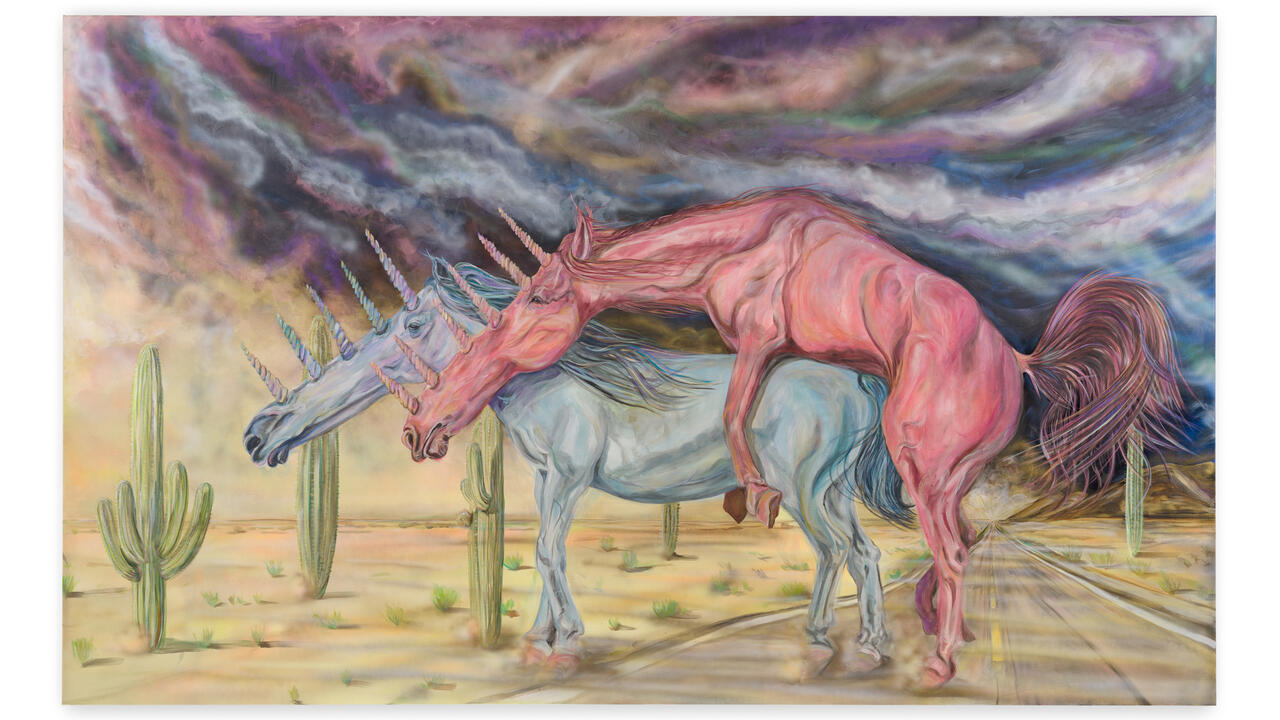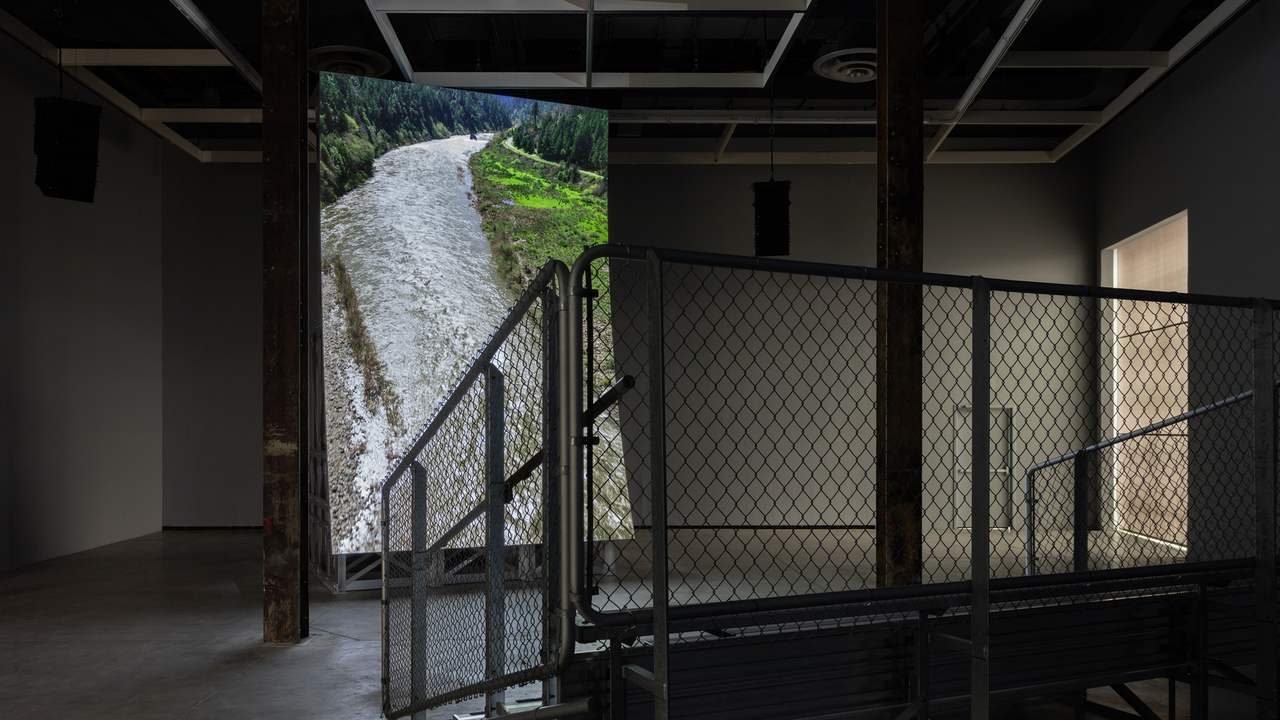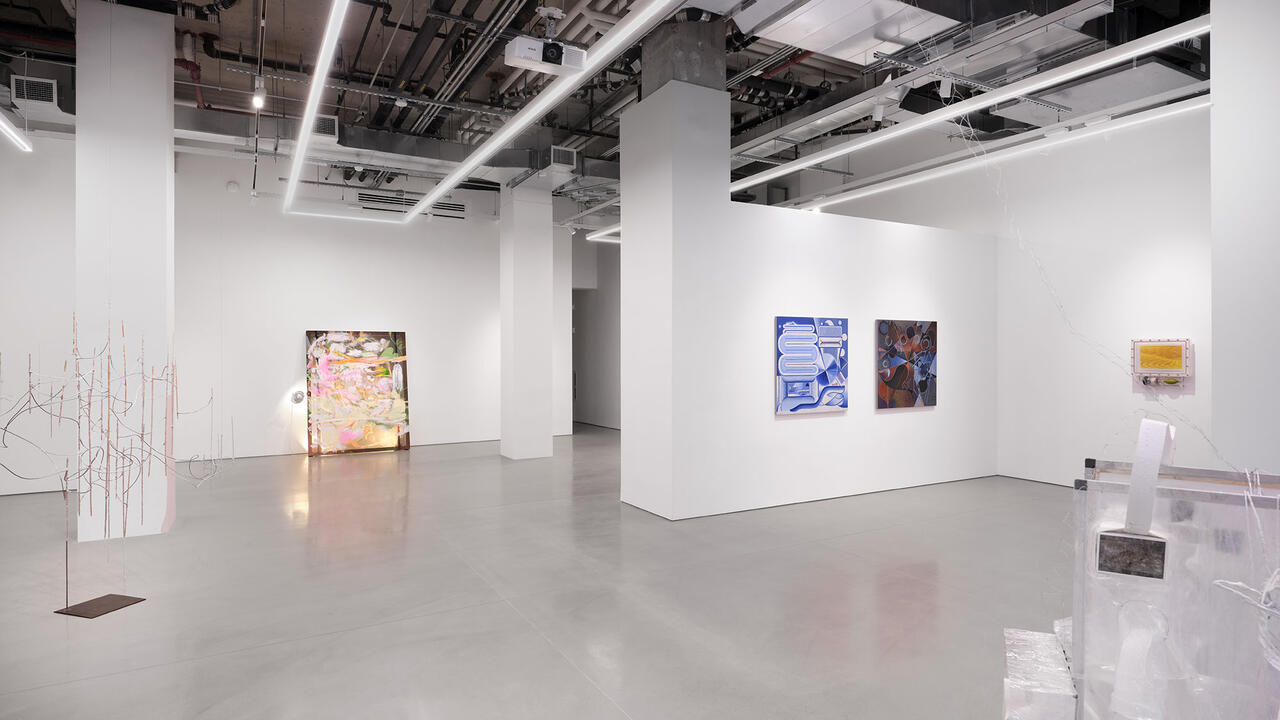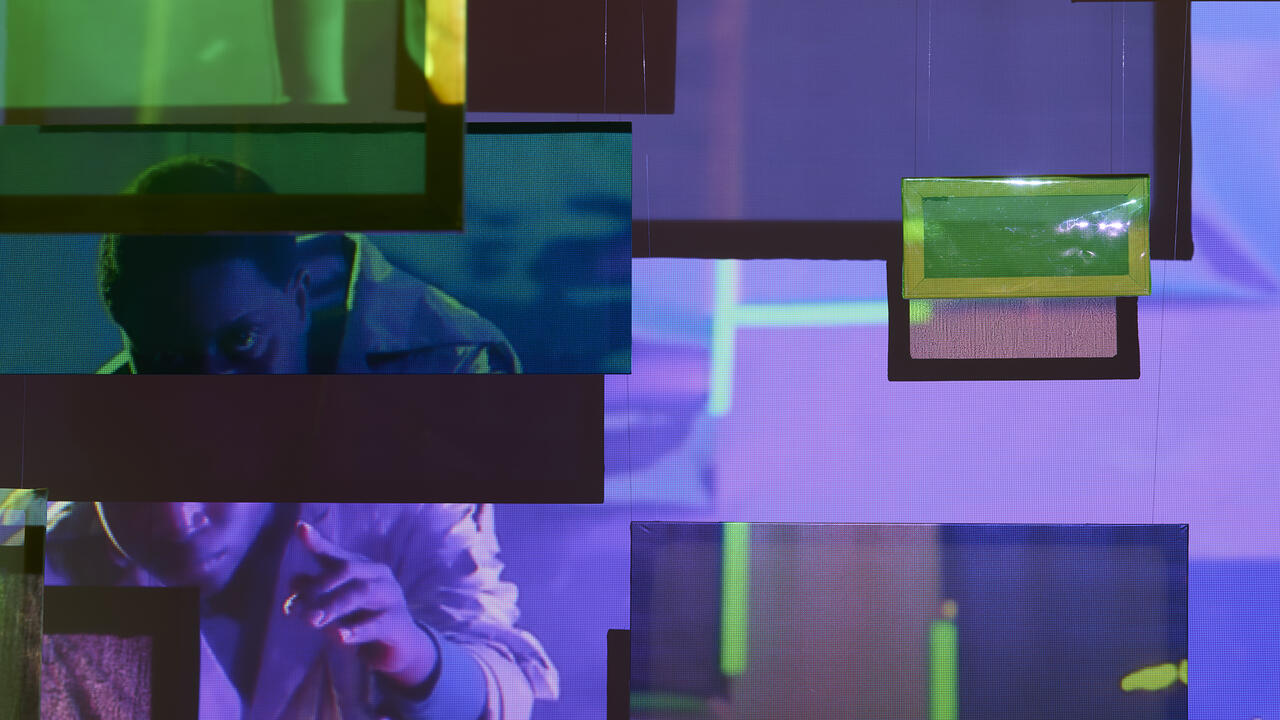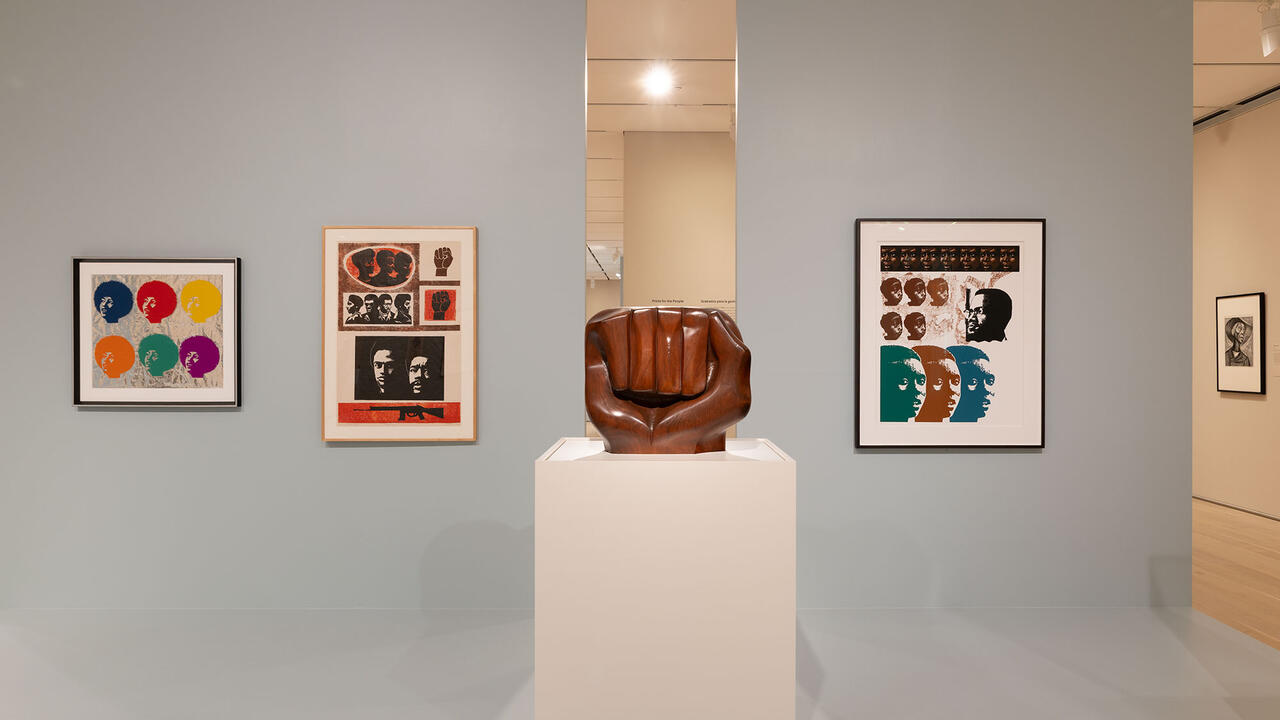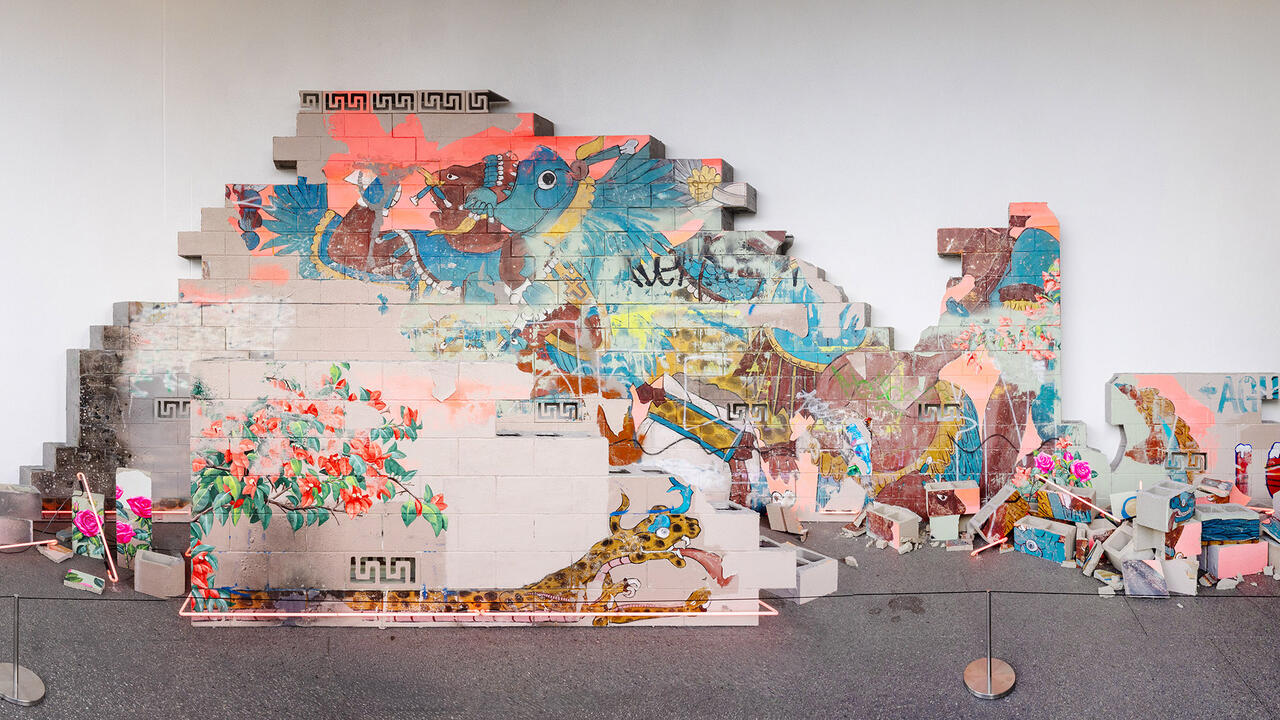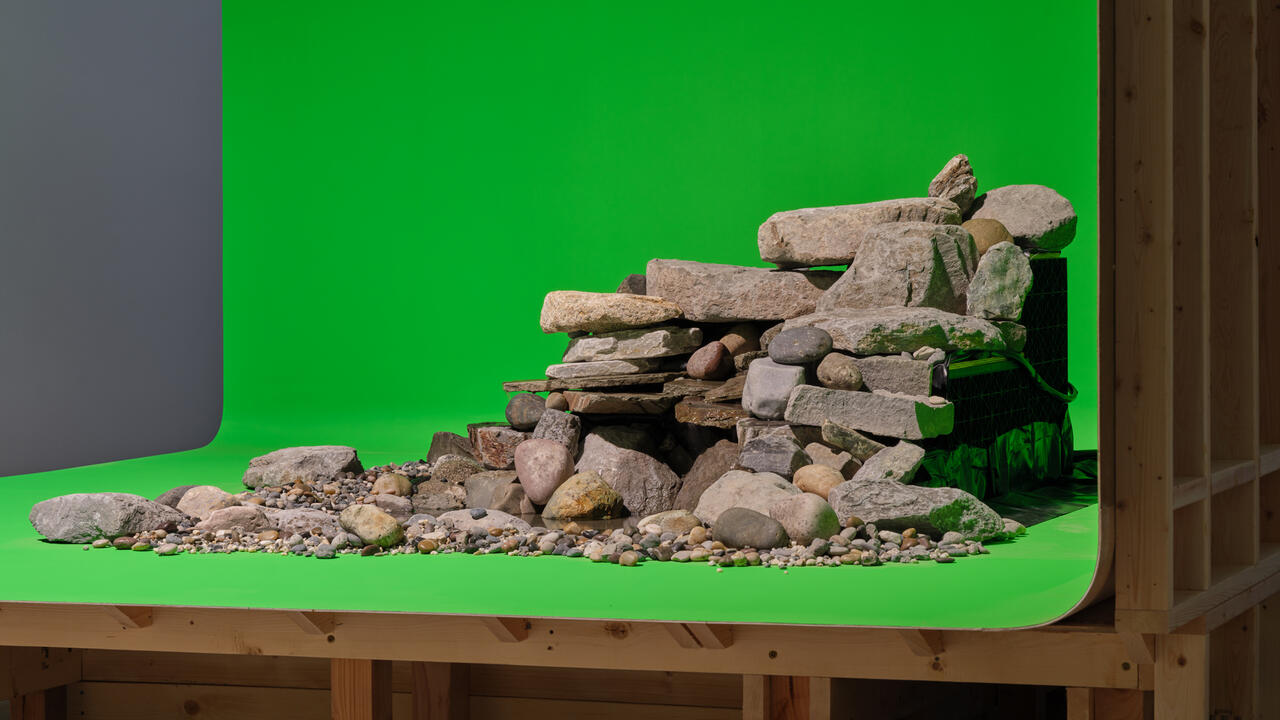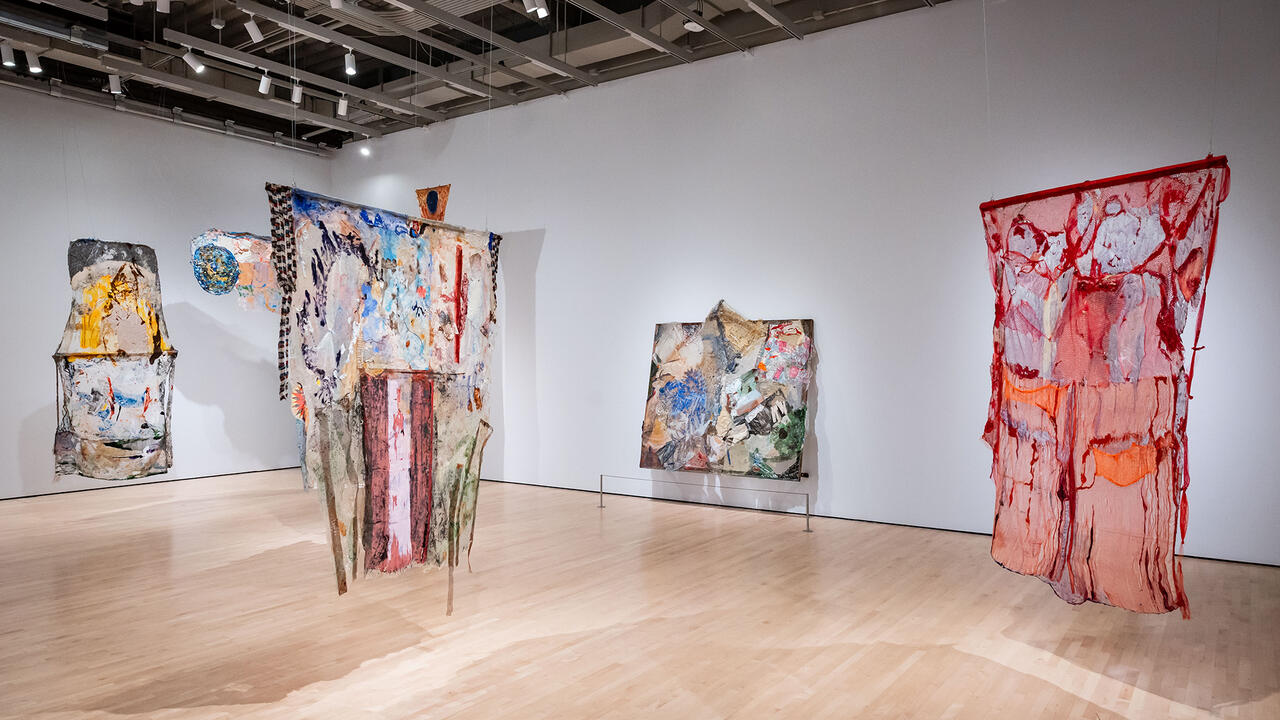‘Frequencies of Tradition’ Looks to History for a Brighter Future
A group show at KADIST, San Francisco, charts the changing role of tradition in East Asian contemporary art
A group show at KADIST, San Francisco, charts the changing role of tradition in East Asian contemporary art

As a concept that coheres around a set of material relics and intangible customs, tradition offers a wealth of possibilities for the artistic imagination: that which is handed down from generation to generation can often also hold up a mirror to reflect keenly on current times. Yet, tradition can equally become a trap: a narrow lens through which artistic practices – especially those outside of the Western canon – are interpreted; or even, at times, exploited by the artists themselves as a facile device for self-exoticization.

Curated by Hyunjin Kim, ‘Frequencies of Tradition’ is a group show – previously presented at the Guangdong Times Museum, Guangzhou, and Incheon Art Platform, and now making its stateside debut at KADIST – that addresses precisely such manifold yet ambivalent positions within contemporary art regarding the concept of tradition in East Asia through the work of 12 artists. For instance, Seulgi Lee’s colourful, effervescent nubi blankets – traditional, hand-sewn quilts whose production technique has been passed down over centuries – are titled after Korean proverbs reformulated into witty word equations: U: Repair the cowshed after losing the cow = Too late and U: My Three-Foot Nose = I’m Too Ground Down to Help Anyone Else (both 2018). Conversely, Ho Tzu Nyen’s video installation Hotel Aporia (2019) conveys a more sombre mood as it traces the concept of the ‘void’ in Eastern philosophy through a group of protagonists whose lives were shaped by Japanese colonial history: Kamikaze fighters, a group of Kyoto School philosophers and other cultural figures whose practices were exploited as a means of spreading imperialist propaganda.

The successful juxtaposition of such disparate artistic methodologies hinges on Kim’s deft navigation of KADIST’s galleries. Behind the wall that features Seoyoung Chung’s photographs of an anonymous man repositioning mounds of clay – haphazardly shaped like Buddhist pagodas – on various parts of his body (Clay Tower, 2013) is a narrow hallway that provides an intimate space within which to engage with Hwayeon Nam’s video, Dancer from the Peninsula (2019), which explores the artistic legacy of the pioneering modernist choreographer Seung-hee Choi and the peregrination of her ideas across North Korea and Japan in the decades following her death. In the adjacent room, three video works – Tales of the Bamboo Spaceship (2019) by Ming Wong, Spirit-Writing (2016) by Chia-Wei Hsu, and Garden of Perfect Brightness (2019) by Yeori Guépin – are shown respectively on a wall-mounted monitor, the front and back of a fabric screen suspended from the ceiling, and a monitor placed closer the floor, thereby diversifying the spectatorial experience of moving-image projects that similarly engage with the cultural history of China across the centuries. Along with the decision to organize a monthly screening programme of longer, single-channel videos by Jane Jin Kaisen, Ko Sakai & Ryusuke Hamaguchi, Fiona Tan and Wang Tuo in the nearby Roxie Theater, these curatorial gestures thoughtfully reflect the needs of the individual works and help preserve the integrity of the exhibition across its different iterations.

Through these formal and conceptual considerations, ‘Frequencies of Tradition’ marks itself as a rare undertaking in charting the changing role of tradition within East Asian contemporary art – a facet that has not been explored in depth within the context of a group show previously. Rather than linger nostalgically in the past, however, the exhibition prompts an imaginative foray into the future. By contextualizing current practices that draw from history, ‘Frequencies of Tradition’ ponders what kinds of artistic legacy these practices will construct, and how artists in years to come will draw from them to articulate the conditions of their own contemporaneity.
‘Frequencies of Tradition’ is on view at KADIST, San Francisco, until 16 July.
Main image: siren eun young jung, Deferral Archive, 2018, collaboration with Designer Collective dl.tokki.dl, six pigment prints and two single channel videos. Courtesy: the artist and KADIST, San Francisco









